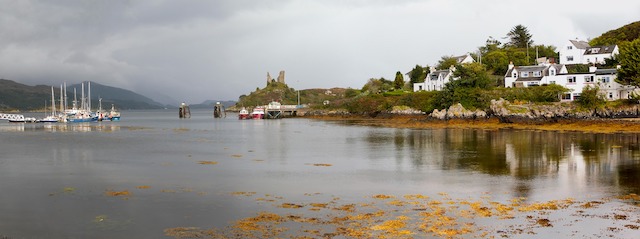Remote rural areas and remote small towns have seen the largest declines in population, while large cities and accessible rural areas showed the greatest increases as at 30 June 2020, according to statistics published by National Records of Scotland
71% of Scotland’s population live in large urban and other urban areas.
Large urban areas, along with accessible rural areas, have seen the largest growth in the last ten years.
Remote small towns have seen the largest population drop.
The Small Area Population Estimates provide a breakdown of Scotland’s population into almost 7,000 small geographical areas, known as data zones.
Scotland has an ageing population.
Over the last decade, rural and island areas have aged the most.
Figures show the median age – the age at which half the population is younger and half is older – increased in 94% of Na h-Eileanan Siar data zones, the highest increase of all council areas in Scotland.
In Dundee City, which had the lowest increase of all council areas, the median age increased in 52% data zones.
The figures also show comparative levels of deprivation around Scotland.
Inverclyde had the highest percentage of its population (30%) living in the most deprived areas in Scotland.
East Renfrewshire had the highest percentage of its population (38%) living in the least deprived.
NRS statistician Esther Roughsedge said:
“The population of small geographical areas changes over time for many reasons, including births and deaths as well as migration, inwards and outwards.”
“Scotland’s population is continuing to age and grow at different rates.
“Remote areas, as well as the West of Scotland, experienced the highest rates of depopulation and these areas also saw the largest increases in median age.”



